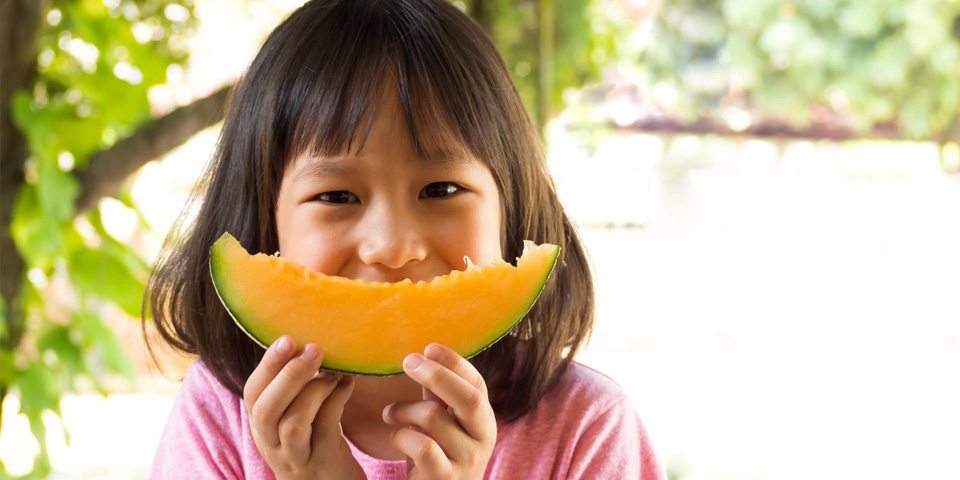
Information

The typical sweet, aromatic taste and juiciness are the main buying criteria for melons and watermelons. If they disappoint, the consumer may not return for some time. So within every melon type and for every sales market, we are committed to developing varieties that are not only high-yielding and long-lasting but that are also up there among the very best in terms of the taste experience. Breeders, technologists and quality experts are pulling out all the stops to achieve this.
Piel de Sapo breeding program for example, we put a special effort into boosting juiciness and sweetness without forgetting about sustainability. Camacho and Almadén are good examples of tasty Piel de Sapo varieties. Our Cantaloupe variety Sucredor has a very high sugar level which gives this variety an outstanding sweet taste. And within the typical French type Charentais the variety Makeba is well known for its premium taste.
It is crucial for us to obtain early insights into the “taste reports” for new melon varieties. Some properties, such as the sugar content of the fruits, are easy to determine objectively, but the taste experience is about more than just sugar. To provide a clearer picture of the complex entirety of taste, texture and consistency, we always submit our melon varieties and those of our closest competitors to taste panels. These may be internal, consisting of our own staff, or external, made up of consumers who have a good sense of taste. And because preferences can differ, we do this across different countries..

Melons need to be at their best at the time of consumption. This can be days (for local markets) or weeks (for export markets) later than the time of harvesting. During that post-harvest period, the taste and texture should develop further, and the external fruit quality needs to be preserved for as long and as well as possible. Using transportation and standard and controlled-environment storage simulations, our post-harvest specialists determine how existing and new varieties perform in that area. Their findings help us to determine the future prospects of a variety. Is this where it ends, does the variety offer potential for local cultivation, or will it become a new star for distant destinations?
For more information please contact:
Miguel Salinas Torres
Sales Manager
M.Salinas@enzazaden.es